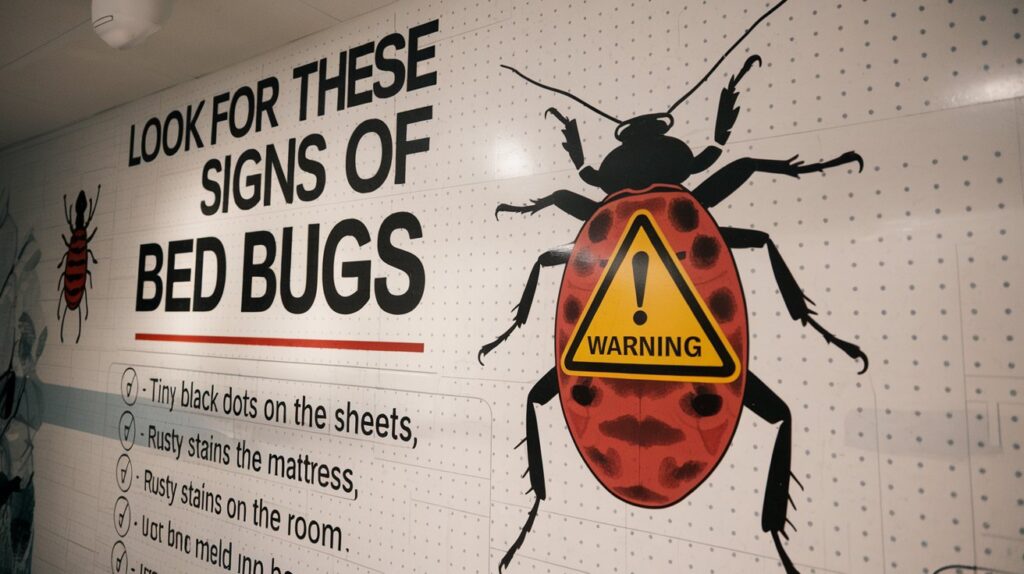Bed bugs are small, elusive and highly resilient pests and can easily creep into the house unnoticed, even before you realise that they are actually present. It is important to hire a qualified bed bug pest control agent to carry out an extensive examination and treatment. The best method of stopping an infestation that started small from ramifying into a full-scale problem is to know the early warning signs that may indicate a bed bug infestation. This article provides a general overview of the early signs of bed bugs infestation and how to prevent them.
Signs of bed bug infestation
Bites or Skin Irritation
It is most usually indicated by waking up with a few red, itchy welts on your neck, arms, legs, neck, or back. These bites are usually in clustering or straight line form, and most often they are more visible in the morning. The bite of the bed bug can look like the bite of the mosquito; however, it typically happens on the naked part of the body, which is brought into contact with the mattress when sleeping.
Dark or Rusty Spots
Another sign of the presence of bed bugs is bed bug droppings. They are like ink dots, and they are dark brown or black in color, and they are normally present in heaps around the seams of the mattresses, the headboards, and the bed frames. You can also find them on walls, skirting boards or behind picture frames around the bed.
Musty or Sweet Odour
The basis of a growing infestation can also be manifested by a strong, sweet, musty smell in your bedroom, sometimes likened to the smell of rotting raspberries or wet towels. Bed bugs use pheromones to communicate, and with the increase in their numbers, it becomes more pronounced.
Little Blood Stains on Bedding
When you see small reddish-brown spots or smears on your bedding or pillow coating, or on your mattress, there is a possibility that you have crushed bed bugs that have had their meal. These stains commonly appear close to the edges of beds, around the seams of pillows or in items that are light in colour and can be seen.
Allergies or Hypersensitivity
Whenever more than one family member gets the same bite marks or allergic rashes, particularly after sharing a sleeping room, this might be a sign that they have a bed bug problem and not a skin allergy. Itchiness, slight swelling, and tiny scabs should be the symptoms that should be paid closer attention to.
How to prevent bed bugs at the early stage
The first thing is to keep up inspection schedules. Examine the seams of your mattress, headboards, and upholstered furniture and look at them with droppings that are small black or shed skins or a small reddish insect. Washing and laundering of bed linens with hot water (more than 60deg °C) that may have harbored unknown eggs or nymphs can be done to eliminate them. You should have your mattresses, bed frames and flooring area around the beds vacuumed regularly with consideration to cracks and crevices where the bed bugs love to hide.
Assessing the hotel beds and furniture before unpacking should be done while travelling. Wipe off the floor with luggage and store it on racks. Once home, wash and dry all of your travel clothes at once and check your suitcase to make sure it is hitchhiking free. Never take second-hand mattresses, sofas and wooden furniture to your house unless they have been properly inspected and cleaned by professionals. Bed bugs normally get transmitted using used furniture.
Conclusion
When an individual identifies the first signs, i.e., bites, stains or musty smells, then it is important to take preventive steps to lower the risk of property and health.

